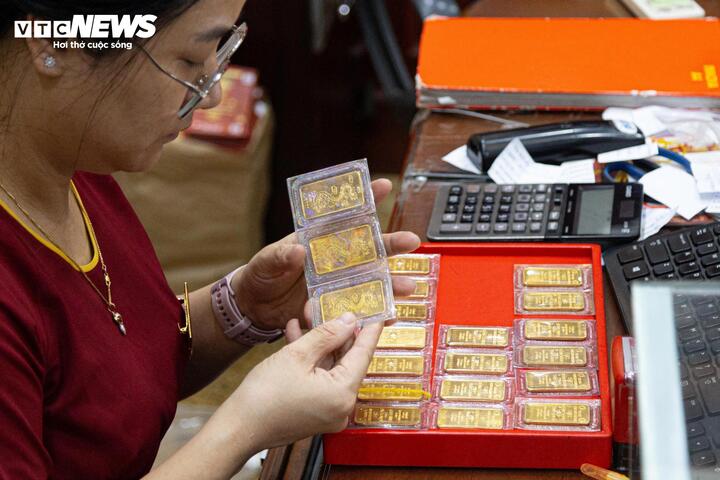
While all diamonds contain carbon atoms, they are not limited to the familiar cubic structure. Research groups around the world have been working for years to recreate the hexagonal arrangement variant with its characteristic atomic stacking structure - Photo: AI
Typically, diamonds are formed from carbon atoms arranged in a cubic shape, like Lego blocks stacked into a square, at a depth of about 150km underground, where temperatures exceed 1,000 degrees Celsius and pressure is extremely high.
But the hexagonal diamond, also known as lonsdaleite, is thought to have formed when a meteorite slammed into Earth, under tremendous heat and pressure.
This structure makes the diamond about 60% harder than regular diamond. The first sample was found in the Canyon Diablo meteorite, which fell in Arizona, about 50,000 years ago. Scientists have long debated whether lonsdaleite actually exists in its pure form or is just a mixture of cubic diamond and graphite.
Previous attempts to recreate this type of diamond in the laboratory have either failed or produced only impure products.
A new research team consisting of experts from the High Pressure Science and Technology Research Center and the Xi'an Institute of Optics and Precision Mechanics of the Chinese Academy of Sciences has succeeded in creating pure hexagonal diamond crystals, about 100 micrometers wide (equivalent to the thickness of a human hair).

The first hexagonal diamond was discovered in 1967 in the Canyon Diablo meteorite that fell in Arizona 50,000 years ago. It is believed to have formed from graphite under the extreme heat and pressure of its impact with the Earth - Photo: Ai
In a paper published in Nature, the team of scientists said they used ultra-pure single-crystal graphite to minimize impurities, then applied high pressure and temperature under "near-isotropic" conditions, meaning the pressure was uniform in all directions.
During this process, scientists also used in situ X-rays to observe structural changes in real time, thereby adjusting conditions to favor the formation of hexagonal diamonds.
This success is considered the first direct, unambiguous evidence that hexagonal diamond exists as a stable and distinct structure, expanding the definition of "superhard" far beyond traditional diamond.
With its superior hardness and heat resistance, synthetic hexagonal diamond can be used in the production of cutting tools, wear-resistant coatings, and even in high-end electronics where materials that conduct heat well and withstand harsh environments are required.
"This synthetic hexagonal diamond promises to open new directions in the development of superhard materials and advanced electronic devices," said Professor Ho Kwang Mao of the Chinese Academy of Sciences.
Source: https://tuoitre.vn/trung-quoc-tao-ra-kim-cuong-thien-thach-sieu-cung-20250811162700281.htm



























![[Photo] Prime Minister Pham Minh Chinh receives Australian Foreign Minister Penny Wong](https://vstatic.vietnam.vn/vietnam/resource/IMAGE/2025/8/20/f5d413a946444bd2be288d6b700afc33)


![[Photo] Politburo works with Standing Committees of Lang Son and Bac Ninh Provincial Party Committees](https://vstatic.vietnam.vn/vietnam/resource/IMAGE/2025/8/20/0666629afb39421d8e1bd8922a0537e6)

![[Photo] An Phu intersection project connecting Ho Chi Minh City-Long Thanh-Dau Giay expressway behind schedule](https://vstatic.vietnam.vn/vietnam/resource/IMAGE/2025/8/21/1ad80e9dd8944150bb72e6c49ecc7e08)






































































Comment (0)